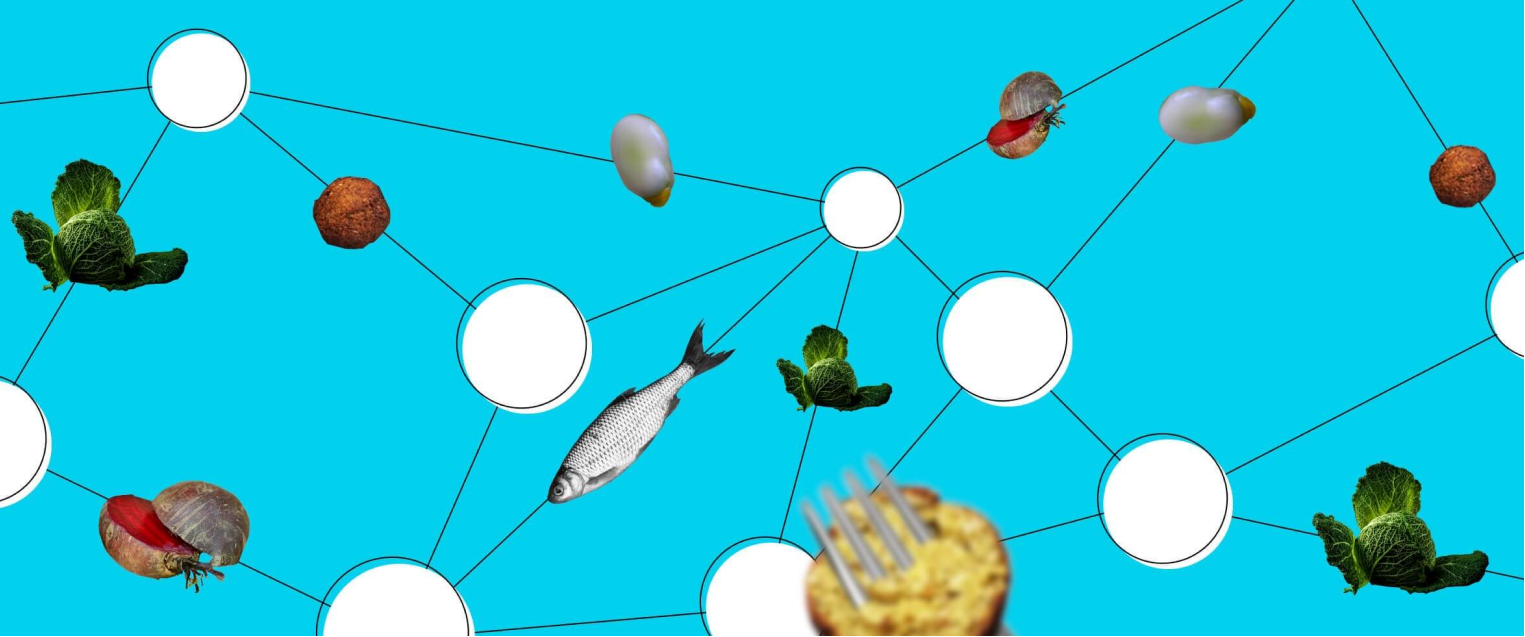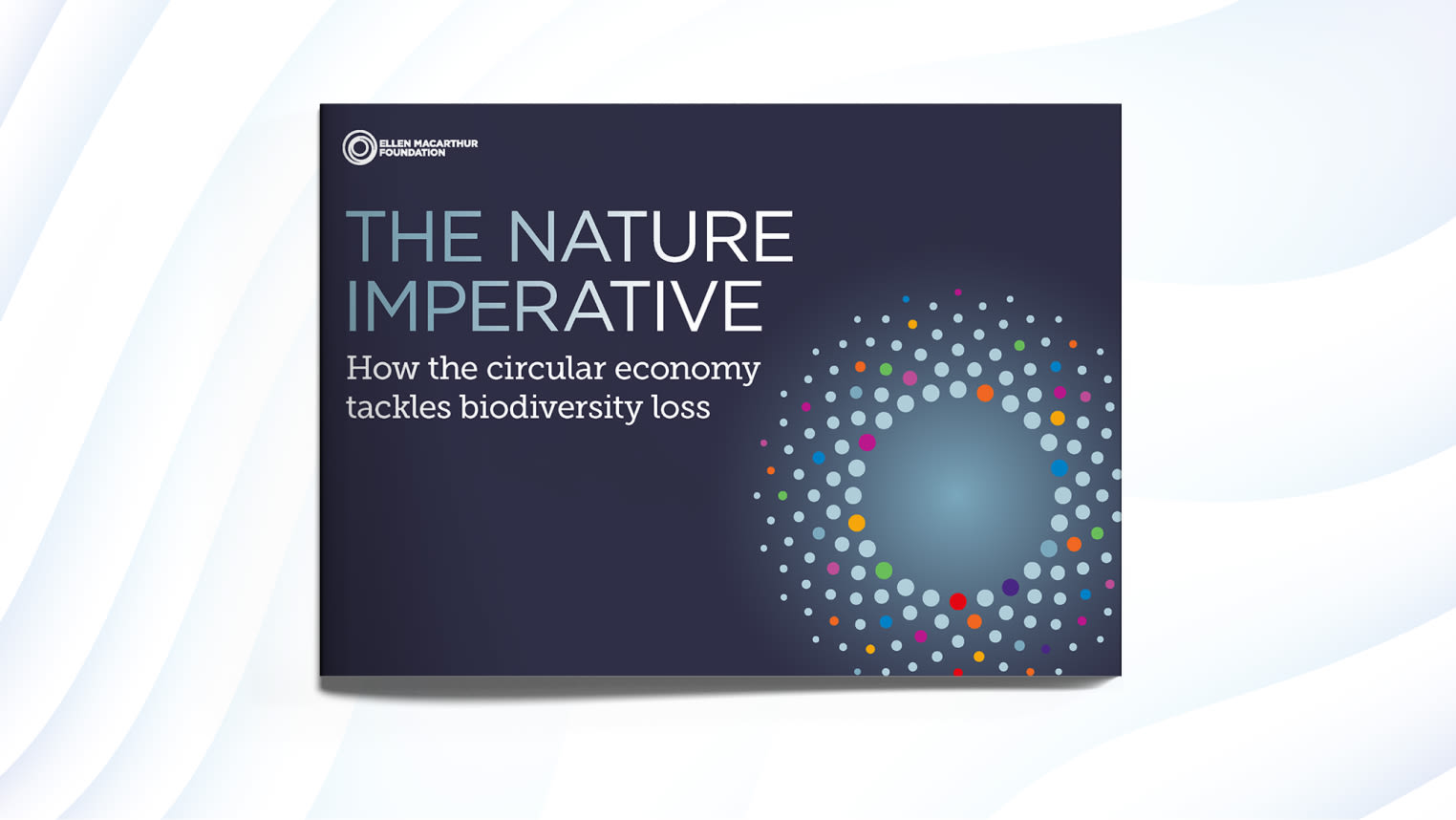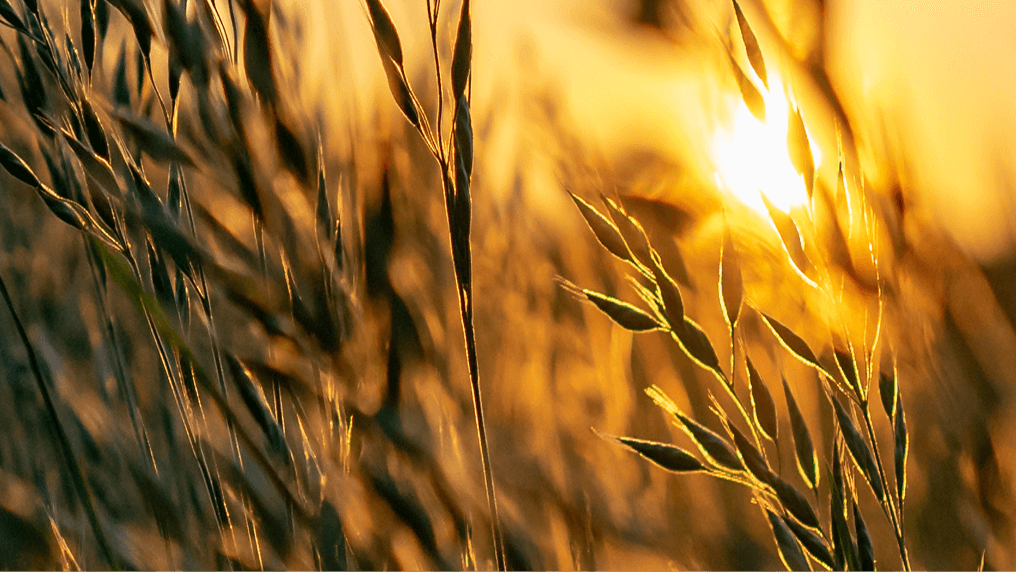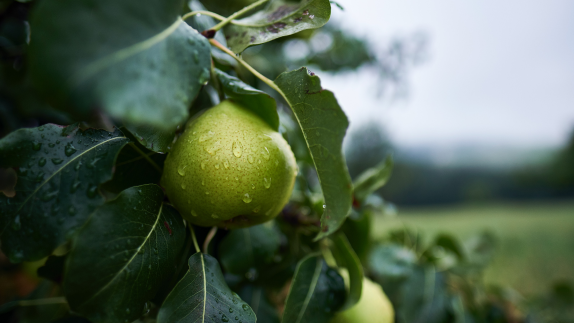origin:
Finland
Today, only one-eighth of all wild fish species, such as roach, are made use of in Finland – the “Land of a Thousand Lakes”. Yet 92% of Finns eat fish. Seeing this untapped potential, a cluster of Finnish fishermen, processors and wholesalers are working to make better use of local fish and fish parts. The Finnish Innovation Fund Sitra and the City of Jyväskylä, among others, first helped catalyse the development of this underused resource, through a set of pilot projects. They did this by leveraging the role procurement of local regenerative food, by sharing catch data across the production chain, as well as by innovations in processing equipment and design of attractive commercial food products such as fish patties. The sales of these fish products have been boosted by an online wholesale platform, logistic development, and by emphasising locality in marketing to consumers. And this is only the beginning. In 2021, the Finnish government approved a proposal to grant €1 million to projects (worth €2-3 million), that develop under-utilised fish into food, with the goal of increasing the use by 1 million kg.
Biodiversity benefits
Making better use of underused local fish stocks like roach can help reduce pressures on overexploited marine stocks like tuna, as well as on birds, bycatch and the seabed, a precondition for allowing marine ecosystems to regenerate. This is equally true in bodies of freshwater, from which the wild fish is harvested. By managing and using this stock below the rate of replenishment, it is possible to tackle the excess phosphorous and nitrogen load in local freshwater bodies through a process known as biomanipulation, which helps restore much of the biodiversity that is currently threatened by eutrophication both in freshwater bodies and the Baltic Sea.
This page is part of a deep dive into biodiversity and food, where we delve deeper into regenerating nature by redesigning food systems.







